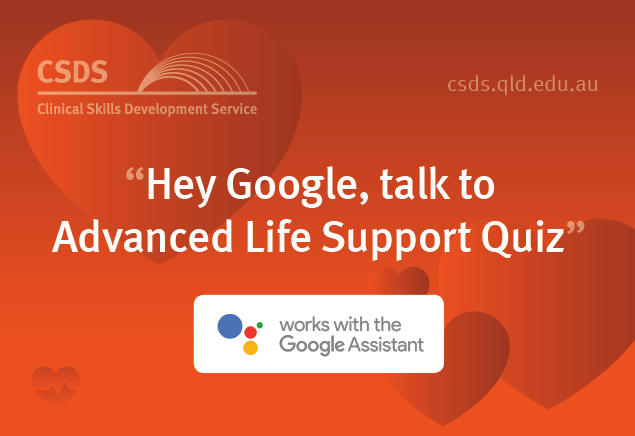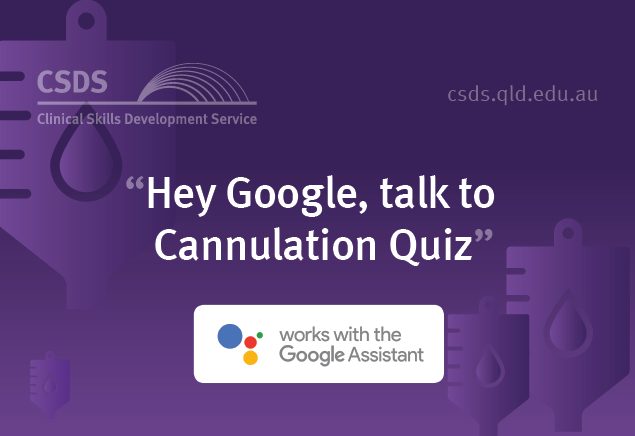The team
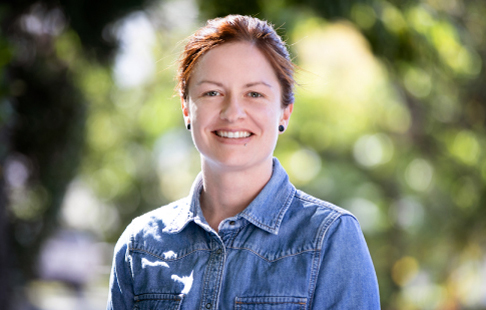
Rebecca Launder 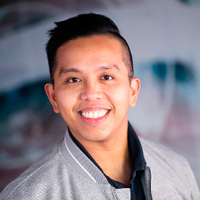
Raden Sucalit
Rebecca Launder, Product Designer – I’ve been a designer within healthcare for nine years. I enjoy woodworking in my spare time.
Raden Sucalit, Product Designer – My formal background is in software engineering. I started working for CSDS seven years ago as a software developer building digital tools for knowledge management. I’m a self-proclaimed whisky connoisseur. Apart from that, most of my free time is spent on gastronomic related activities.
Tell us what your team does, what are you responsible for and what your day to day looks like
Bec: At CSDS, we focus mostly on creating digital healthcare products such as websites, apps, and educational tools/resources. I love to see projects from beginning to end as design is as much about the process as it is about the end result.
Each day can look very different depending on where in that process we are. It can vary from problem definition, user research, and strategic planning, to wireframing, user interface design, frontend coding and usability testing.
Raden: At its core, our team is responsible for assisting the service in designing and building of well-designed products.
What is your favourite thing about working at CSDS?
Raden: My most favourite thing about working at CSDS is the diversity of opportunities to make an impact and to learn and grow professionally.
Bec: The variety and autonomy provided in the work I do means I continually learn and grow. I also particularly enjoy collaborating directly with healthcare professionals who are going beyond their day-to-day to work on projects that aim to improve patient care.
Tell us something people wouldn’t know that we do here at CSDS, that your team performs?
How about we show you? Here we experimented with voice interaction as an educational tool to help our learners retain and recall what they’d learnt:
We led a project to build an interactive 3D animation tool for shoulder dystocia. We wanted to leverage 3D technology to improve the learning experience both for the educator and the learner.
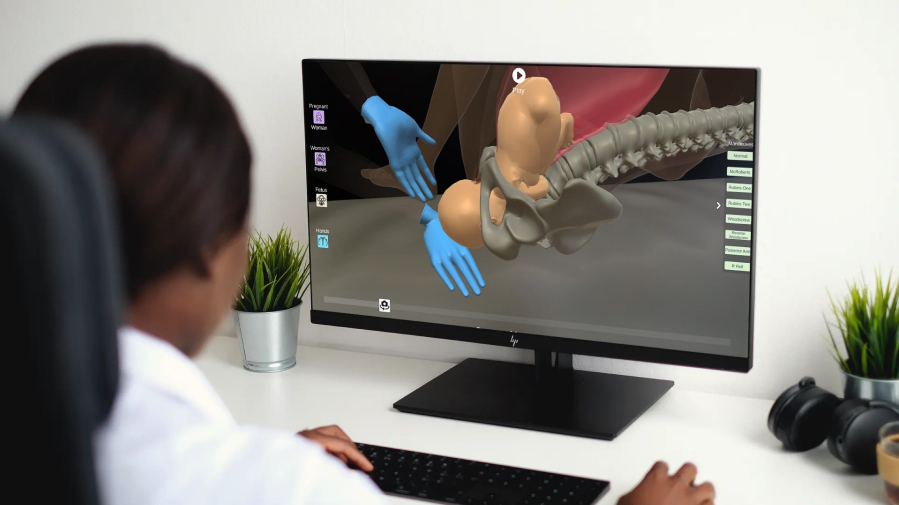
What advice would you give someone who wants to do what you do?
Bec: Always ask questions and understand who you are creating the product for, and how and why it will provide value to them. Do things that get you away from your desk/computer every now and then.
Raden: That design is not art; it’s a problem-solving exercise. Most people view design as making things look prettier. Pretty is subjective. Design isn’t. Art is an “end” while design is a means to an end. Designing has a purpose that extends beyond how it looks. That purpose is to successfully communicate an idea or a message to an intended audience.
A product designer is a cross-functional role. Anyone who wants to be successful in it must not only be armed with the tools (e.g. visual design, prototyping, user experience, user research, usability testing, etc), but must also be willing to collaborate with people across different areas to see a project from beginning to end.
How does your team contribute to the statewide support of clinical education?
Raden: Our team has always ensured that CSDS is building tools and resources that are fit-for-purpose for our state’s healthcare professionals.
Bec: By continuing to work with the wider CSDS team to ensure the educational products we create for Queensland Health meet actual needs, provide real value and are of high quality.



